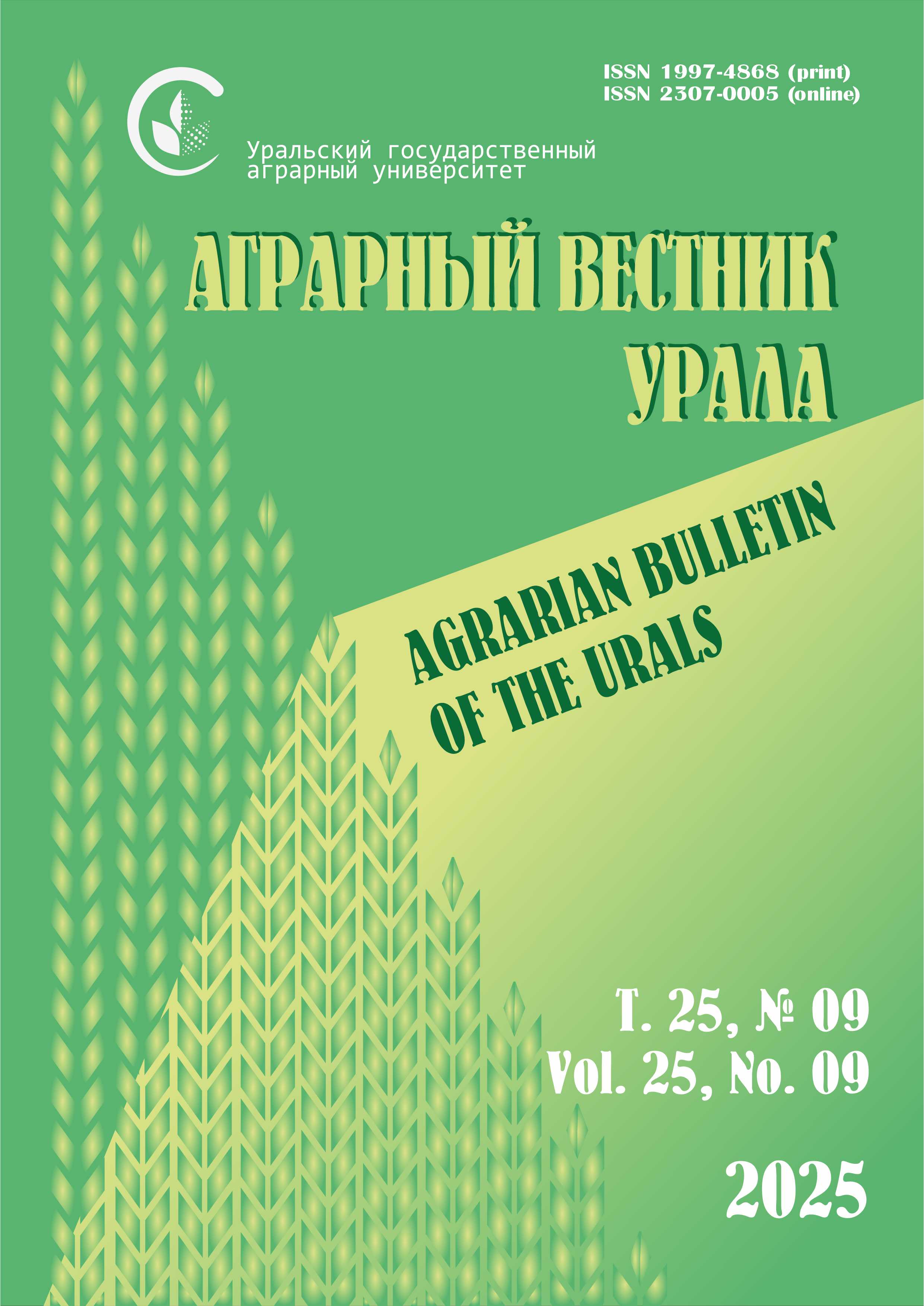Authors:
L. Yu. Ostroshenko,
A. I. Larkov
Primorsky State Agrаrian-Technological University, Ussuriisk, Russia
E-mail: This email address is being protected from spambots. You need JavaScript enabled to view it.
Abstract. The purpose of the research is to study larch forests on the territory of the Kovalerovsky district forestry of the Kovalerovskiy branch of the Primorsky Forestry, with the aim to suggest the complex of silvicultural measures. Scientific novelty. Larch forests are the most common forest formation. However, in the Far East, where a third of all larch species on the globe grow, this species is still poorly studied. The issues of species independence of individual species, their ranges and silvicultural properties require clarification and new research. On the basis of the studies of the complex of forestry measures, measures aimed at the rational use, protection and improvement of the condition of forest stands are proposed. Methods. To study larch stands, 5 sample plots were laid. The study was carried out on the basis of forest inventory materials, available natural history literature, scientific works, as well as an analysis of the economic activities of the forestry, namely forest use, forest cultivation, forest protection and other types of work. The collected experimental material was processed by the methods of forest taxation and silviculture. Results. Depending on the conditions of the place of growth, the composition of the plantation and plant conditions, the following types of forest are distinguished: grass, ledum, sedge-grass and sedge larch forests. For grass larch forests, selective and gradual two-step felling are the most acceptable. In ledum larch forests, it is advisable to carry out passage felling of medium intensity (25 %) in winter with a decrease in fullness to 0.55–0.6. In sedge-grass larch forests, we have proposed clear-cutting. For young and middle-aged stands, it is advisable to carry out thinning to increase fruiting and reduce forest density. In sedge larch forests, reclamation work is required, which can have a positive effect on the renewal and increase in the productivity of forest stands.
Keywords: larch forests, sample plot, condition of forest stands, grass larch forests, ledum larch forests, sedgegrass larch forests, sedge larch forests, selective felling, gradual two-step felling, passage felling
For citation: Ostroshenko L. Yu., Larkov A. I. Types of larch forests on the territory of Primorsky Krai. Agrarian Bulletin of the Urals. 2024; 24 (10): 1277‒1288. DOI: https://doi.org/10.32417/1997-4868-2024-24-10-1277-1288.
Download the full text of the article












